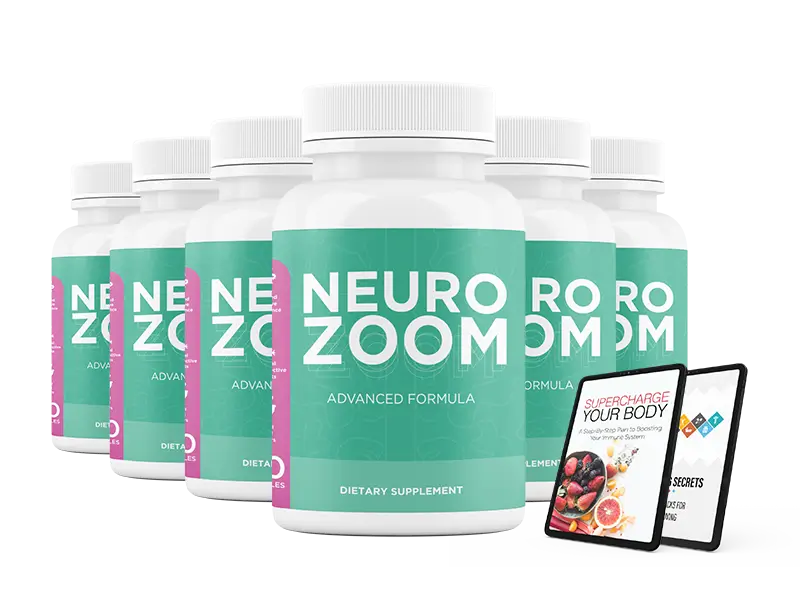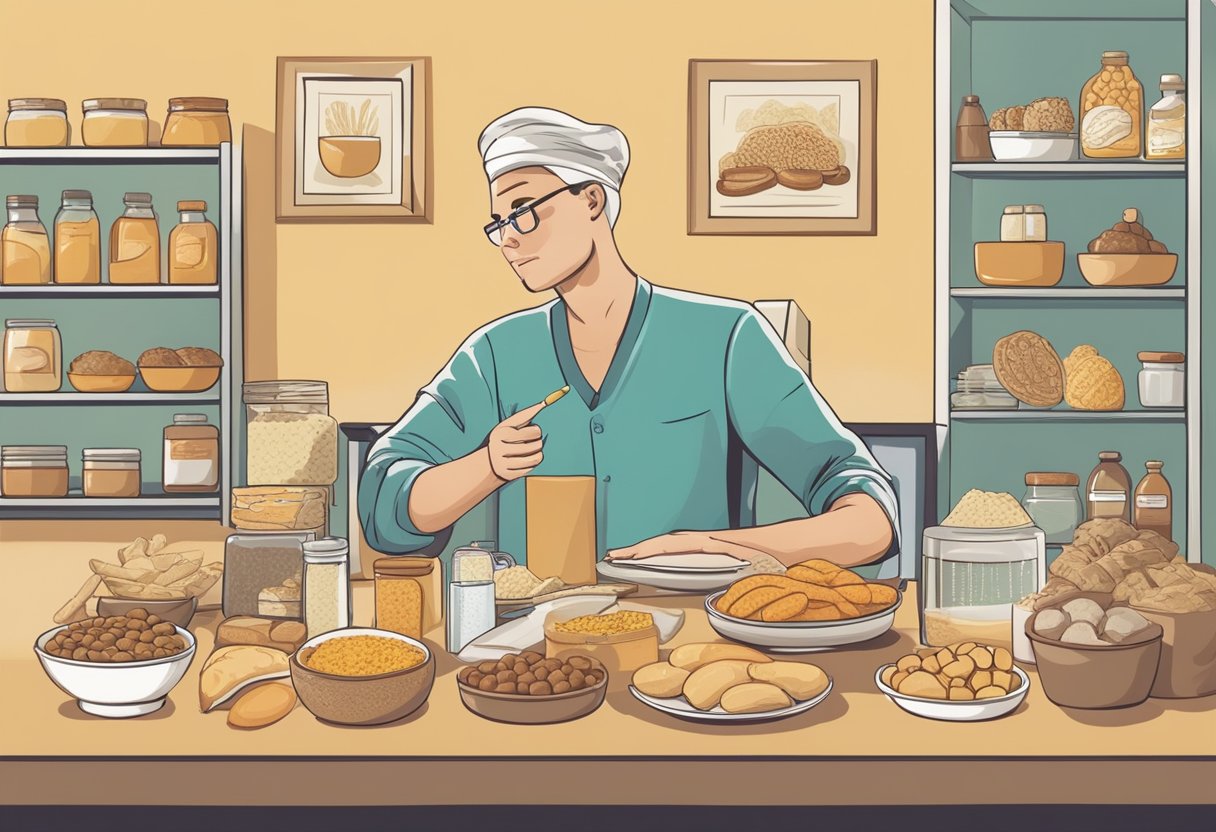
Mastering the Art of Contouring: A Step-by-Step Guide
Perfect Contour: Mastering Flawless Facial Definition Techniques
Achieving a flawless contour is essential for anyone looking to enhance their natural beauty and define their facial features. Many individuals turn to makeup techniques like contouring and highlighting to sculpt their faces effectively. Understanding the balance between light and shadow can transform one’s appearance, providing a polished and professional look.

Contouring involves applying darker shades to create depth and dimension, while highlighting brings attention to key areas, creating a luminous effect. This combination not only defines the cheekbones and jawline but also elevates the overall makeup look. When done correctly, these techniques can create stunning results, showcasing an individual’s features beautifully.
Whether preparing for a special occasion or perfecting an everyday look, mastering these techniques can significantly enhance one’s makeup skills. By following expert tips and practicing regularly, anyone can achieve the perfect contour for a radiant and sculpted appearance.
Understanding Facial Contours and Skin Undertones
Facial contouring relies heavily on recognizing individual face shapes and skin undertones. These elements influence makeup application for optimal facial definition. Identifying the correct techniques based on these characteristics can enhance a person’s natural beauty.
Identifying Your Face Shape
Recognizing the shape of one’s face is critical for effective contouring. Common face shapes include:
- Oval: Balanced proportions, slightly narrower at the chin.
- Round: Equal width and height with a soft jawline.
- Square: Strong jawline and forehead width are similar.
To determine face shape, one should pull hair back and observe the outline. Each shape requires unique contouring techniques to enhance features. For an oval face, subtle highlighting along the jawline is effective. A round face may benefit from contouring along the sides of the face to create length. Meanwhile, individuals with a square face can soften angles with targeted shading on the jaw and forehead.
Determining Skin Type and Undertone
Understanding skin type and undertone is essential for selecting the right products. Skin types typically fall into four categories: oily, dry, combination, and normal. Each type affects how makeup sits on the skin.
Undertones can be warm, cool, or neutral. A simple test involves looking at the veins on the wrist. If they appear blue, the undertone is cool; green suggests a warm undertone. Neutral undertones may show both colors.
Matching contour and highlight shades to skin undertones creates a more natural look. Warm undertones suit golden or peachy shades, while cool undertones work well with taupe or rosy shades. This knowledge ensures the contour complements the skin, enhancing facial features effectively.
Essential Tools and Products for Contouring

Achieving the perfect contour requires the right selection of products and tools. The effectiveness of contouring relies heavily on quality items that facilitate blending and defining facial features.
Choosing the Right Contouring Products
Selecting contouring products involves understanding skin types and desired effects.
Cream Contour: This formula offers a creamy texture that blends easily, providing a natural finish. It works well for dry skin or a more dewy look.
Powder Contour: Ideal for oily skin, powder contours provide a matte finish and can be layered for intensity.
Contour Palette: These palettes typically combine several shades, offering flexibility for different looks and complexions. Opt for palettes that include both contour and highlight shades for versatility.
Understanding skin undertones can help in picking the right shade for the contour. It is essential to test products before application to ensure they suit one’s skin tone.
Must-Have Brushes and Application Tools
Using the right tools can significantly impact the contouring process.
Contour Brush: A flat or angled brush helps apply product precisely to hollows of the cheeks, jawline, and forehead. Look for brushes that allow for versatile use and good control.
Makeup Sponge: A dampened makeup sponge is ideal for blending contour seamlessly into the skin. It helps achieve a more airbrushed look by softening harsh lines.
Having these essential tools and products ensures a smoother application and better results. Quality tools enhance the user’s ability to create a flawless contour, making the makeup routine efficient and enjoyable.
Step-by-Step Contouring Techniques

Achieving a flawless contour requires precision and the right techniques. This section provides essential steps, from prepping the skin to sculpting and defining facial features effectively.
Prepping Your Skin for Contouring
Before any makeup application, preparing the skin is crucial. Start with a cleanser to remove impurities. Next, use a suitable moisturizer to hydrate the skin, ensuring a smooth base.
Applying a primer is an essential step. This helps the makeup adhere better and last longer. The choice of primer can vary; for a more matte finish, opt for a silicon-based product. For a dewy look, choose a hydrating primer.
The skin should be allowed to absorb these products for a few minutes, ensuring they set properly before makeup application begins. A well-prepped canvas leads to a more flawless finish.
Applying Foundation and Concealer
Once the skin is primed, the next step involves applying foundation. Select a foundation that matches the skin tone closely. Use a damp sponge or brush for an even application. The stippling technique helps in achieving a natural finish.
For areas that require extra coverage, use concealer. It’s ideal for blemishes and dark circles. Apply the concealer in a triangular shape under the eyes to lift the face. Blend it out carefully with a brush or sponge to avoid harsh edges.
Leave the foundation and concealer to set ideally, as this allows for a smoother application of contour products later on. A seamless base enhances the contouring effects.
Sculpting and Defining Facial Features
Sculpting begins with choosing the right contour products. Cream contours are great for a more natural look, while powder contours offer a dramatic effect.
Using a contour brush, apply the contour product to the hollows of the cheeks, blending it towards the hairline. For the nose contour, apply a lighter shade on the bridge and a darker shade along the sides, blending carefully for a refined appearance.
Cheekbones can be emphasized by sweeping highlighter above the contour. This technique enhances definition and adds dimension to the face. Always blend well to avoid harsh lines, ensuring a polished look.
Be mindful of the application techniques to achieve defined and sculpted facial features efficiently.
Blending for a Seamless and Natural Finish

A flawless contour relies heavily on effective blending techniques that create soft shadows and highlights. Achieving a natural effect requires attention to detail and the right tools.
Creating Soft Shadows and Highlights
To create a seamless finish, start with blending the contour product. Using a damp makeup sponge is one of the most effective methods. The sponge allows for an airbrushed effect while soaking up excess product.
Begin by applying contour to the hollows of the cheeks, jawline, and forehead. Use the sponge to gently dab and blend the product outward, ensuring the edges are softened.
Highlighting should follow the high points of the face, such as the cheekbones, brow bones, and the bridge of the nose. A clean brush can help blend the highlighter into the skin for a radiant complexion.
It is essential to use light, tapping motions rather than rubbing, which can disrupt the base makeup underneath. This technique ensures smooth transitions between darker and lighter areas, enhancing the natural look.
Finishing Touches for Long-lasting Wear
To secure the blended makeup, a setting spray is crucial. This product helps lock in the makeup and maintains that fresh, seamless look throughout the day.
When using a setting spray, hold the bottle about 6-8 inches from the face. Mist it evenly across the complexion to avoid wet spots.
For added longevity, gently press the setting spray into the skin with a clean sponge after application. This step helps to meld the layers together, contributing to a smooth and unified finish.
Lastly, checking for any harsh lines once the makeup has settled is vital. A quick touch-up with a small brush can effectively soften any remaining edges, ensuring that the final look is both flawless and natural.
💄 Enjoyed this guide? Share it with your friends! 💄






